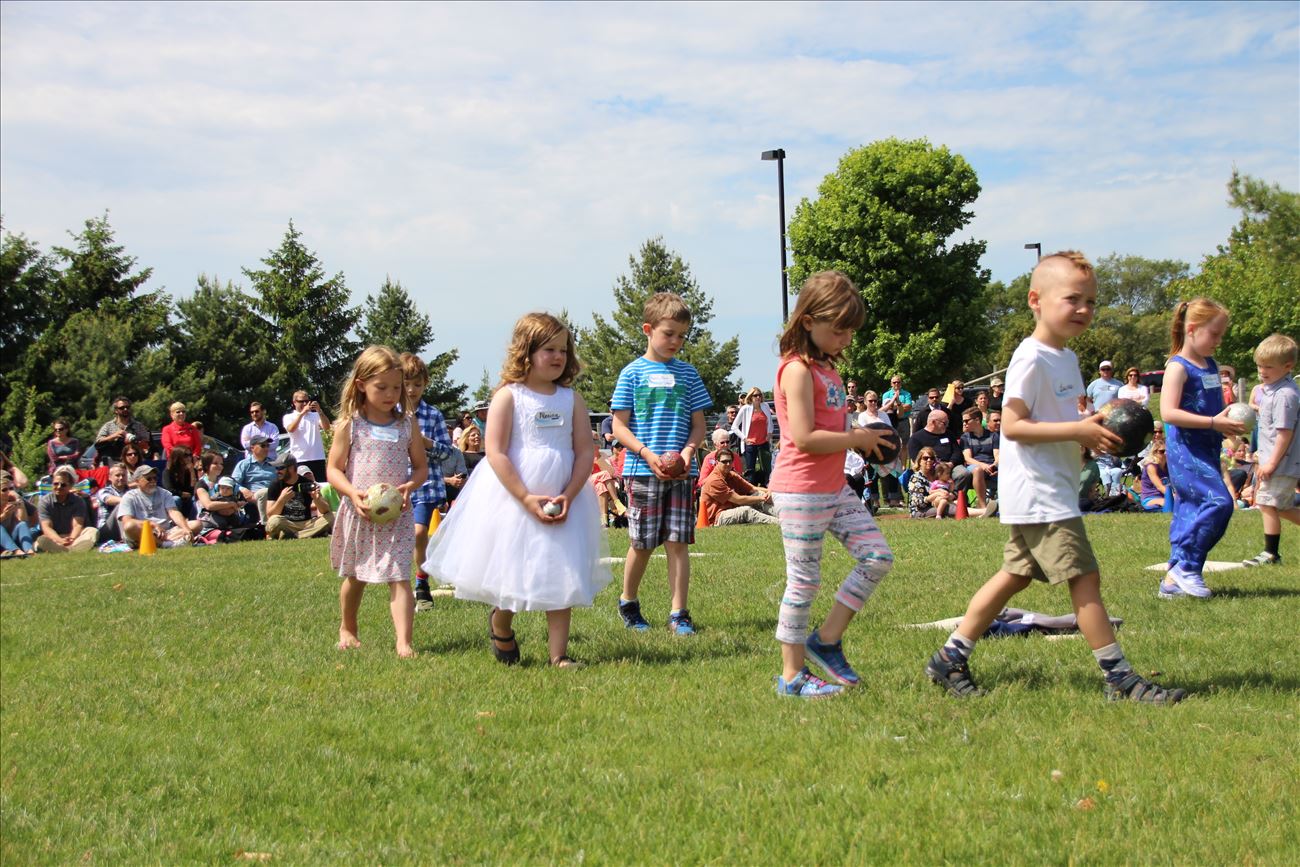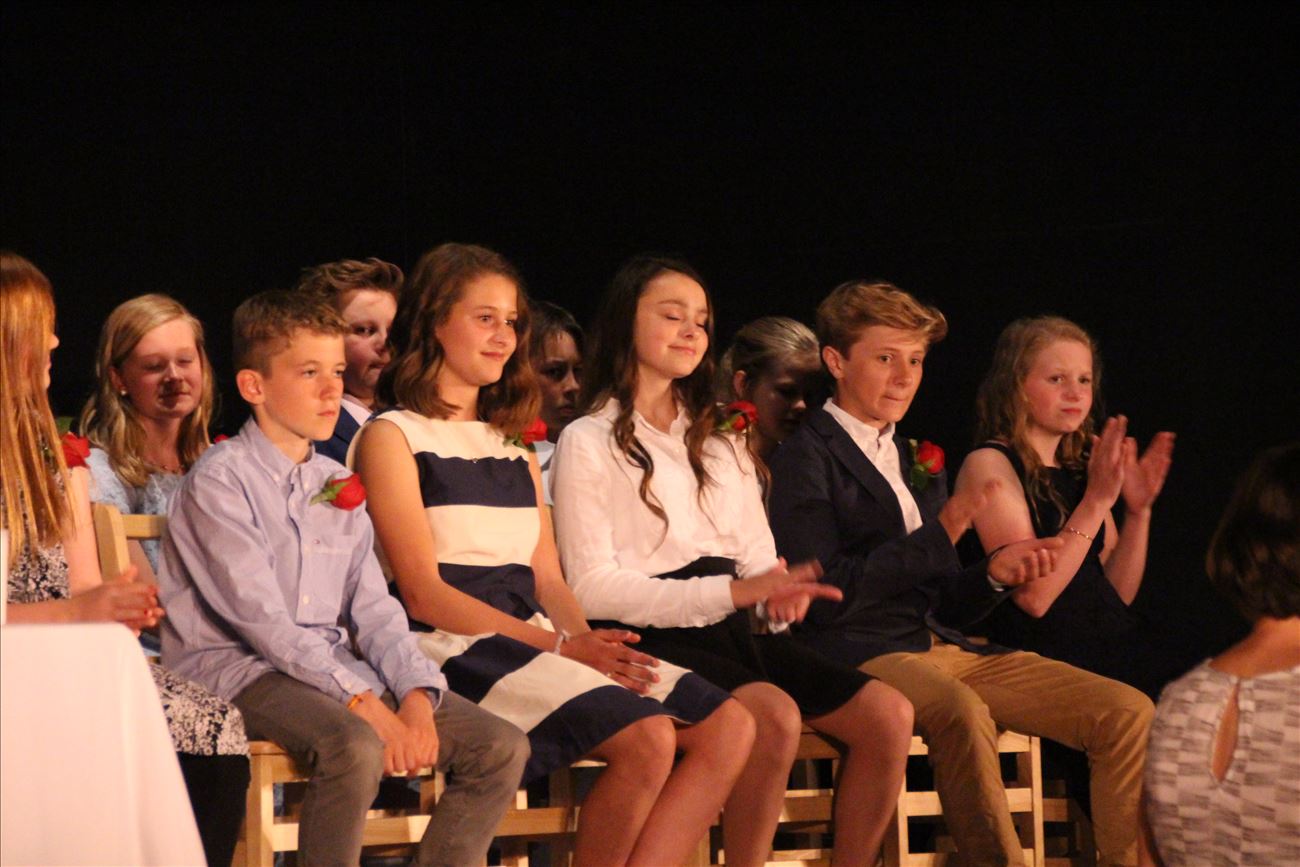The end of the school year at The Children’s House brings celebrations, traditions, and endings. It is important to note the passage of time by honoring each developmental milestone. It helps the children to mark their place in the continuum of their development with memorable experiences.
During her countless hours of observing children, Maria Montessori noted very distinct characteristics in each developmental age group. She called them Planes of Development. The first plane spans from birth to six years, the second from six to 12, and the third from 12 to 18.
The “Stars” of The Show
The first plane of development encompasses a child’s most profound period of physical and cognitive growth. In just six years, a child goes from being completely dependent on adults to being able to ride a bike, read, independently meet her own needs, and care for the environment and those around her. Because the change is so great, this first plane requires three separate classroom settings: Nido, Young Children’s Community (YCC), and Primary.
At The Children’s House, we respond to this developmental growth by providing children with increasing freedom and responsibility—from walks on the school grounds to community field trips and tasks that help them learn to care for one another and their environment. At the end of this plane, we celebrate the children by giving them prominent roles of the planets and comets in our Dance of the Cosmos celebration. It only makes sense for them to be the “stars” of the ceremony as we honor the completion of this foundational developmental plane.
Spreading Their Wings
Around the age of six, children move into the second developmental plane. This plane is marked by a move from concrete to more abstract thinking, the development of reasoning ability, and a focus on social relationships. In the elementary classroom, students work collaboratively, utilizing the strengths of every individual to complete work and care of their physical and social/emotional environment.
The culmination of this second plane at The Children’s House is the trip to Montessori Model United Nations (MMUN), where all of the skills they have acquired during this plane culminate in the writing of position papers and working on teams of children from all over the world to ponder solutions for real life issues. They are certainly ready to spread their wings in this way and prove to themselves and others their level of maturity that has come from this conscious phase of development.
The Middle Years
The third plane of development marks the ending of childhood and the passage into adulthood. In early adolescence (ages 12 to 15), young adults are exploring and coming to terms with integrating different aspects of themselves. This is a period of rapid growth and early adolescents need enough food and sleep, as well as time to process and reorient. All Montessori classrooms nourish the whole child—academic, emotional, social—but the adolescent experience adds personal reflection to particularly support students at this phase of growth.
Our school provides these experiences through a variety of outings and overnight trips to give real life, hands-on experiences with the topics they study in the classroom. They are given the responsibility to independently plan and execute itineraries of their outings. Students support each other and work together to problem solve when mistakes happens or conflicts arise. Graduating eighth years get the spotlight and take the stage to deliver speeches reflecting on what life at the school has meant for them and who they aspire to be as they move on to high school and older adolescence.
The Bittersweet
Being the parent of a high-schooler who spent her life at The Children’s House from three months through eighth grade, I can tell you firsthand why marking the passage of each plane of development with traditions and celebrations is so important. My daughter looks back with clear memory of being a comet in the Dance of the Cosmos, traveling to New York City the first time to discuss the rights of the child at MMUN, and, her final speech reminiscing and giving thanks for the experiences—thanks to teachers and friends—and the lasting memories she made here.
Traditions and celebrations are a deeply-rooted part of our school community. As the school has grown over the last 35 years, these events have evolved along with it to appropriately represent growth through all three planes. Endings can be bittersweet, but we choose to celebrate them to mark the completion of one chapter of life and the potential that held with the passage to the next plane.


